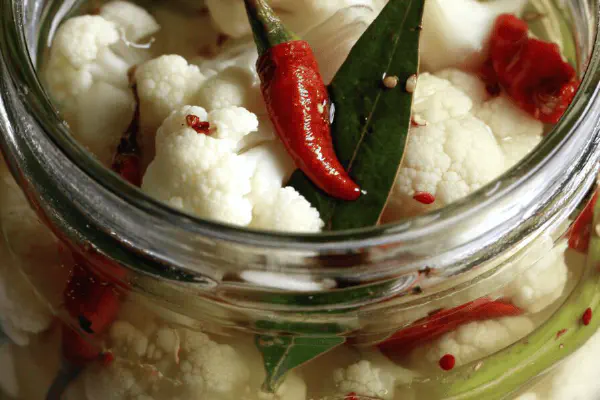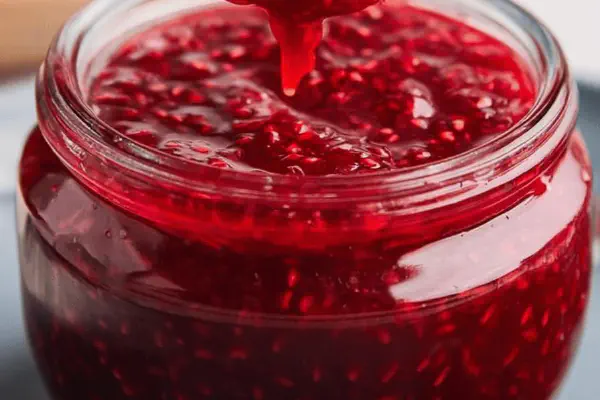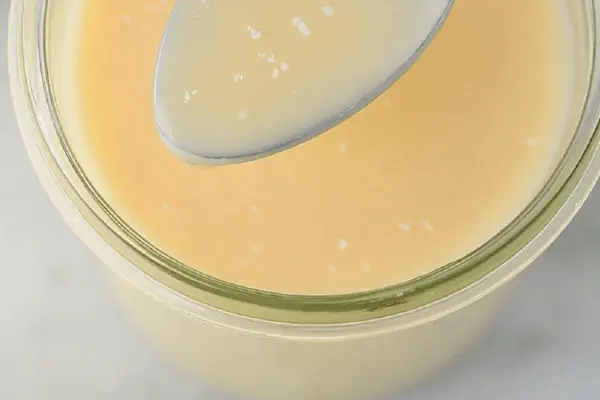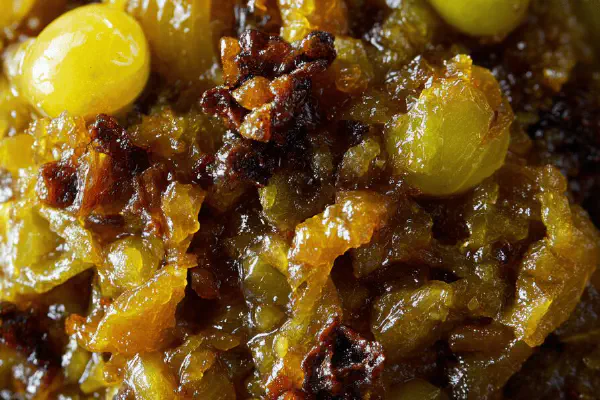Cauliflower Quick Pickles

By Emma
Certified Culinary Professional
Ingredients
- 375 ml cauliflower florets roughly chopped (about half medium head)
- 200 ml cold filtered water
- 150 ml apple cider vinegar
- 20 ml honey or maple syrup
- 12 ml coarse kosher salt
- 5 ml mustard seeds
- 1 small fresh red chili pepper halved (optional)
- 1 slice fresh ginger 1 cm thick peeled
- 1 bay leaf
About the ingredients
Method
- Rinse cauliflower under cold water pat dry bite-sized chunks. Avoid soggy pieces which dull crispness.
- Fill the 500 ml jar loosely with the chopped cauliflower, pushing gently but do not pulverize or crush.
- In a small saucepan combine water vinegar honey mustard seeds salt fresh ginger bay leaf and chili if using. Bring to a brisk boil and let bubble vigorously for about 7 minutes to infuse flavors and dissolve salt and sweetener.
- Remove ginger and bay leaf strain hot brine over cauliflower in jar leaving 5 mm headspace. You want steam to slightly fog glass and cauliflower to snap crisp under liquid.
- Seal with airtight lid. Leave jar to cool at room temperature until lukewarm to touch.
- Refrigerate at least 20 hours for flavors to meld and cauliflower to soak up the tangy broth. Resist tasting too soon—the crunch mellows and sourness redistributes during this wait.
- Store refrigerated up to 4 weeks. If cauliflower softens excessively, strain and repickle using fresh brine or use in cooked dishes to save texture lost.
Cooking tips
Chef's notes
- 💡 Brine boil time critical—about 7 minutes until it smells sweet and tangy, no harsh vinegar sting. Shorter underdissolves salt; longer reduces vinegar. Vigorous boil helps dissolve salt and honey fully. Remove ginger and bay leaf soon to avoid bitterness. Listen for the steam hiss pouring into jar—hot brine penetration is key. Don’t rush pouring, or jar might crack. Let jar cool uncovered till lukewarm prevents condensation inside.
- 💡 Packing cauliflower dense but not crushed. Florets should snap not smoosh. Use sharp knife, not hands, to avoid bruising. Larger florets at jar bottom absorb more liquid and help layering. Leave 5 mm headspace for jar to breathe. Overfill and you lose crispness. Space important for fluctuating volume during brine infusion and cooling. Chill upright, undisturbed minimum 20 hours. Flavors meld slow but texture stays crunchy longer.
- 💡 Substitutions: apple cider vinegar best for subtle fruity note; no white vinegar—too sharp. Honey or maple syrup swaps sugar adding richer flavor and balances acidity better. Kosher or coarse sea salt preferred; fine salt reduces by 20% to avoid oversalt. Ginger slice important but lemon zest works for brightness with less acidity. Bay leaf swap thyme sprig for milder herb flavor. Chili optional but adds faint heat and depth, fresh or flakes.
- 💡 If cauliflower softens, strain and repickle with fresh brine or use in cooked meals. Texture loss happens over time or if brine too weak. Why? Cauliflower continues soaking acids breaking down cell walls. Plunge boiling salted water 30 seconds then ice bath for extra firmness but expect slight flavor loss. If brine tastes too sharp, dilute with equal parts water and refrigerate another day to mellow tang. Tests by feel, not just time—snap confirms readiness.
- 💡 Cooling step critical—jar tepid, not hot or cold. Rapid cooling causes condensation and soggy florets. Patience here. Flavors develop low and slow in fridge, good to wait 24+ hours. Shake jar gently first few days to distribute brine without crushing. If open early, expect muted flavors and tougher texture. Label date picked and store in coldest fridge spot, upright to avoid leaks and sediment buildup. Sediment normal—shake gently before use.
Common questions
How long to wait before eating?
At least 20 hours in fridge. Texture hardens and picks flavor. Too soon means dull, harsh vinegar bite. Longer mellows acidity, crunch stays. Wait two days if possible for best snap but not required.
Can I substitute vinegar?
Yes, white wine vinegar works adding 5 ml honey to balance its sharper edge. Avoid straight white vinegar; aggressive, overwhelms. Apple cider vinegar best for fruity depth. Adjust sweetness if swapping sweeteners too. Lemon zest may brighten but no full vinegar replacement.
What if cauliflower gets soft?
Strain brine and repickle immediately if crunch lost. Or cook cauliflower in stir-fry, scrambled eggs for texture salvage. Softening means too long soaking or weak brine. Blanching florets briefly in boiling salted water helps maintain crunch but lowers pickling intensity.
How to store and shelf life?
Store sealed jar upright in fridge. Keep at coldest part for up to 4 weeks. Label date. Avoid metal lids reactive to acid; use glass or BPA-free lids. If opened early or over time, taste changes but safe. Sediment forms normal; shake before use. If brine turns too sour, dilute with water and refrigerate further.



